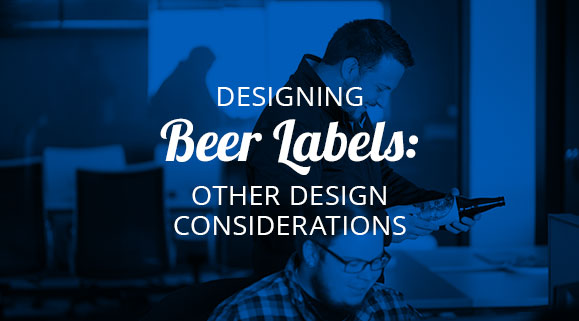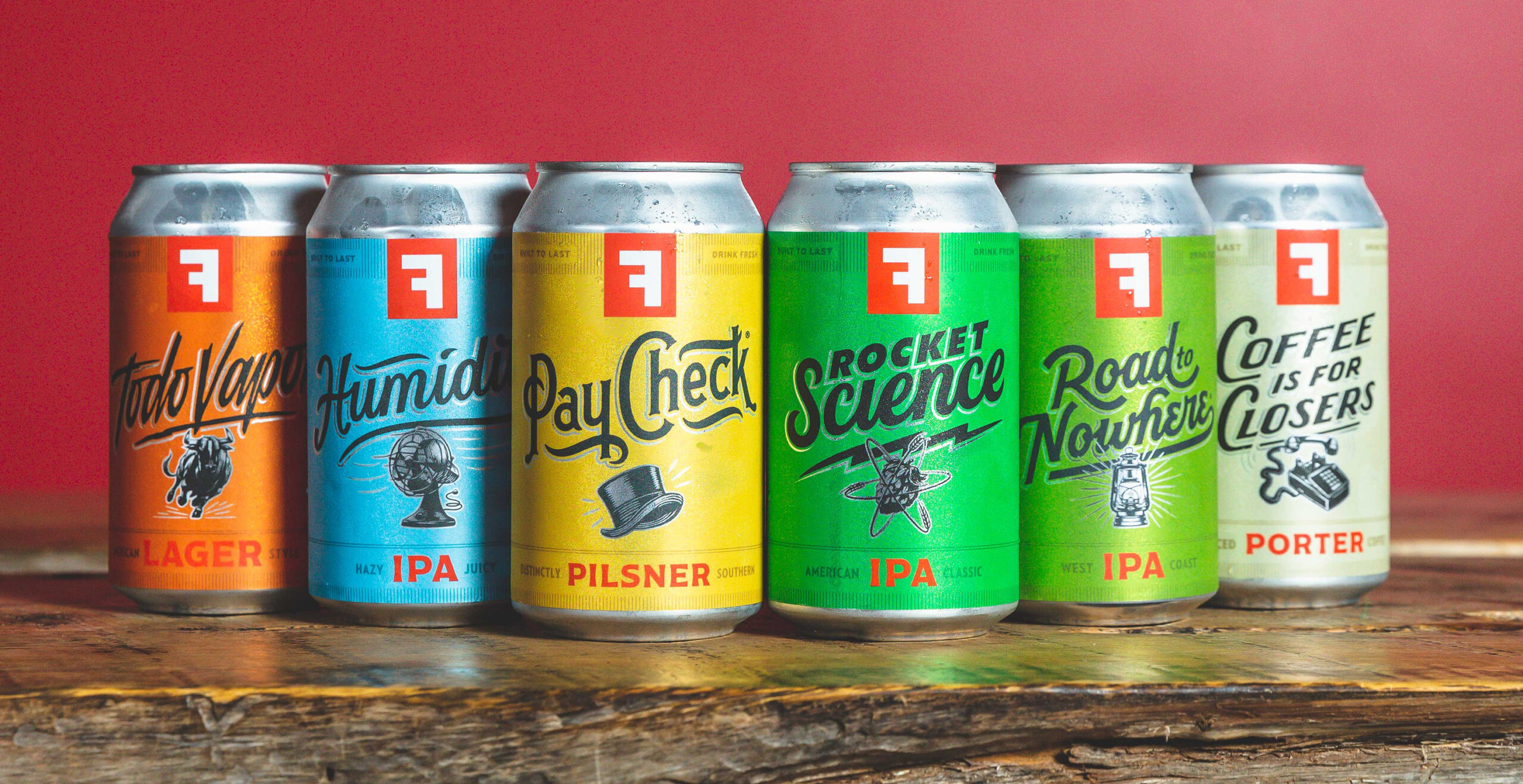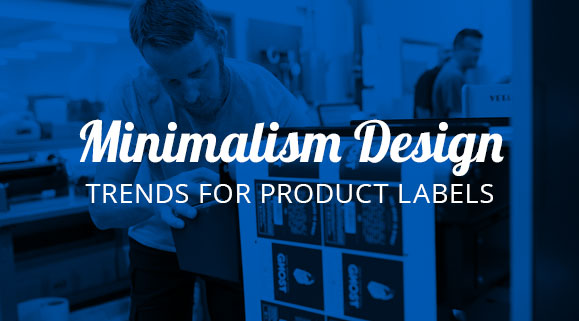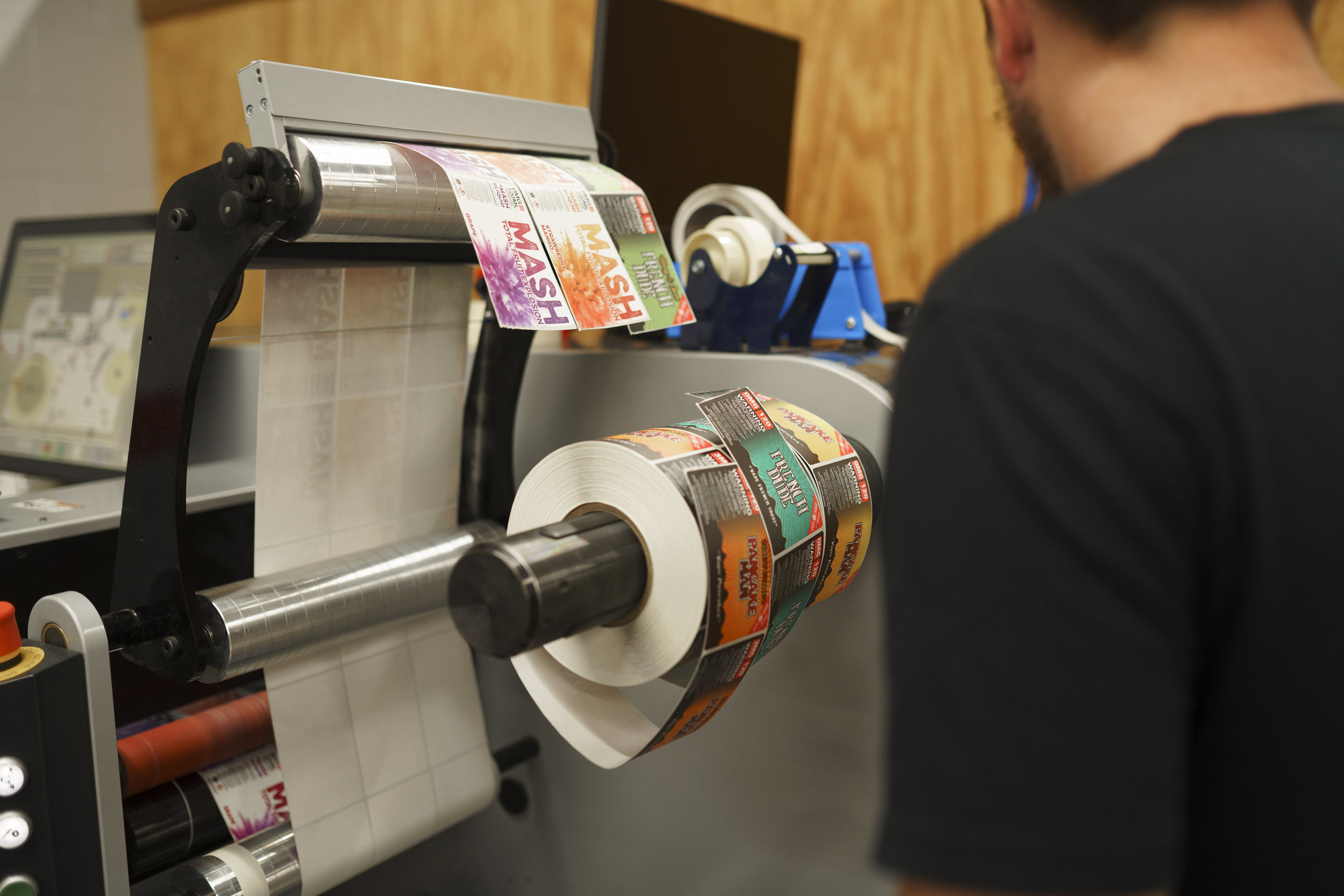Selecting a Substrate
- adhesives
- aesthetic
- application
- Labels
- performance
- substrates
Application
The surface that your label is being applied to is very important in choosing the correct materials. Is it glass, polyethylene, cardboard, aluminum, wood, etc.? Each adhesive reacts differently to the energy of the surface. What is the temperature where the labeling takes place? Extreme cold, heat or humidity levels can also affect how an adhesive bonds to a surface. Will your package be free of contaminates when the label is applied? Just consider if the contents were spilled on the bottle and not wiped totally clean before application. Getting something to stick to olive oil residue on a glass bottle can be a real treat.
Performance
You also need to factor in how your label needs to perform once it makes it to a store shelf or when the consumer has taken it home. Is it a wine bottle that needs to be chilled or may be sitting in a bucket of ice? Does it need to be removable so that the customer can take it off without any residue or resistance? Will your product be squeezed like a lotion or shampoo bottle? These are all questions to think about when ordering your labels. There are a variety of papers and films that can be solutions for any of these situations, but making sure that you have covered the bases before your product gets to the shelf is imperative.
Aesthetic
What do you want your label to portray? Do you want it to have a smooth, glossy finish? Or do you want it to appear subtle and matte? How about adding a metallic hot stamp or a textured emboss? Again there are a wide variety of substrates that can help you convey your brand’s essence. From textured paper stocks that you can feel in your hands, to holographic or metalized materials that stand out on the shelf, the key is knowing what you want and how you want your product to look.
Cost
Obviously there are prices attached to everything we have discussed above. A super aggressive adhesive on a vinyl face stock or a repositional adhesive with a metallic substrate will be more expensive than a general-purpose permanent adhesive on paper face. However, printing, applying, shipping and selling a package that does not perform correctly could be much more costly than doing it right the first time. Cost is always important in packaging decisions, keeping unit costs low is crucial to maintaining a healthy profit margin. Label costs are much easier to control if you take the time to work with your printer and up front. Start by requesting a sample pack and getting ideas of what you want your label to look like, and then discuss with them what your options are to get the best price and performance for your product’s packaging. Just because there are a lot of variables in selecting a substrate doesn’t mean it has to be a painful process.




